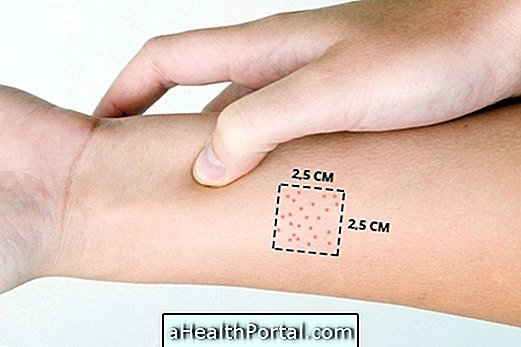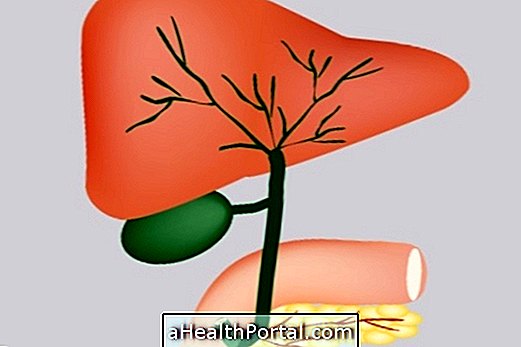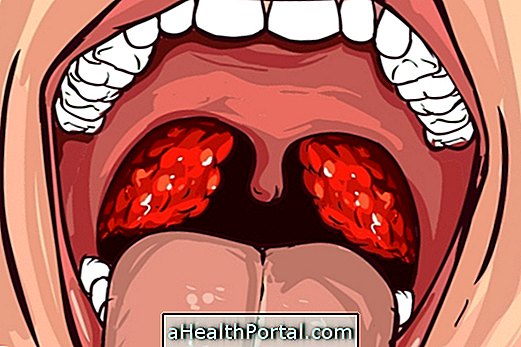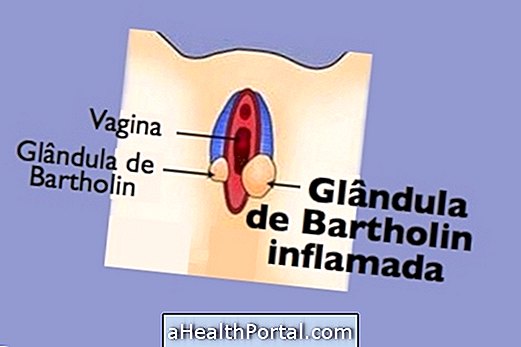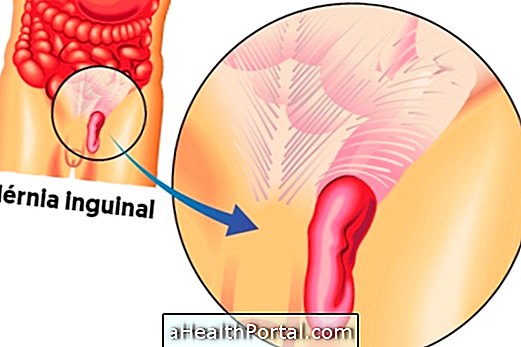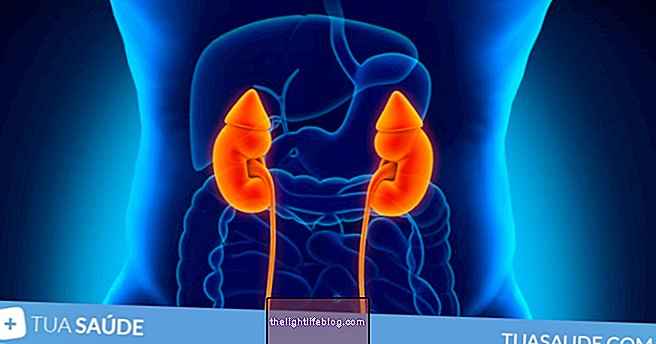Amylase is an enzyme produced by the pancreas and salivary glands, which acts on the digestion of starch and glycogen contained in food.
Serum amylase test is usually used to help diagnose pancreatic diseases such as acute pancreatitis, for example, or other problems that may alter the functioning of this organ, and are usually required together with the dosage of Lipase. Understand what lipase is.
In addition, the doctor may also order a urine amylase test that helps evaluate kidney function and may be used during the treatment of kidney failure to evaluate the effectiveness of the treatment.
Reference value of amylase
The reference value of amylase varies according to the age of the patient or the type of examination done, and may vary according to the laboratory:
Amilase in blood
| Age | Reference value |
| Less than 60 years | 25 to 125 Units / liter of blood |
| Over 60 years | 24 to 151 Units / liter of blood |
Amylase in urine
| Sample Type | Reference value |
| 2 hour urine sample | 2 to 34 Units / hour |
| 24-hour urine sample | 24 to 408 Units / hour |
Results of the amylase test
The results of the amylase test help diagnose health problems in the pancreas and salivary glands, and is especially used to diagnose acute pancreatitis, since blood amylase values increase greatly in the first 12 hours of pancreatic problems.
High Amylase
High amylase in blood or urine may indicate:
- Acute and chronic pancreatitis;
- Obstruction of pancreatic ducts;
- Cancer in the pancreas;
- Mumps;
- Renal insufficiency.
However, it is common for values for amylase to be high in patients who have been hospitalized for a long time in the hospital and have no direct relation to pancreatitis and are even more frequent in patients receiving nasogastric tube feeding.
Low Amylase
Low amylase values are usually a sign of permanent damage to cells that produce amylase and, therefore, are related to cases of chronic pancreatitis.
However, low amylase may also indicate kidney problems, and it is recommended that other tests be done to identify the correct diagnosis and initiate appropriate treatment.


